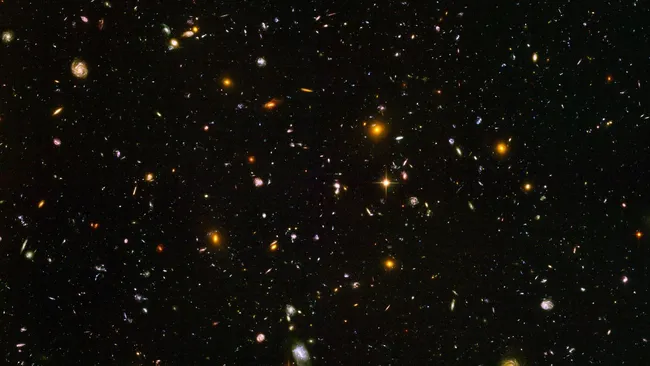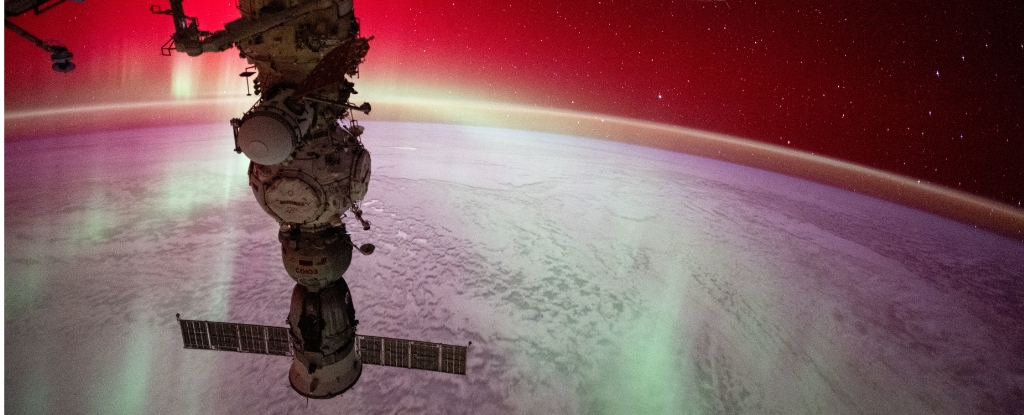– Astronomers used the Hubble Space Telescope to study a small patch of the Hubble Ultra Deep Field, searching for objects that changed brightness over time which could indicate active galactic nuclei (AGN).
– They found 71 variable sources, with 3 sources appearing to be AGN from over 12.7 billion years ago, when the universe was less than 1 billion years old. This finding exceeds expectations for the number of billion-solar-mass black holes that early in the universe.
– Extrapolating to the entire sky suggests supermassive black holes were more plentiful in the early universe than estimated. This has implications for how they may have formed.

– One theory is they formed from the direct collapse of immense gas clouds millions of times more massive than our sun. Another is they grew from intermediate mass black holes created by the collapse of the first, extremely massive “primordial” stars formed soon after the Big Bang.
– The findings from this study best fit simulations where supermassive black holes grew from the collapse of the first very massive stars, which collapsed directly into intermediate mass black holes rather than exploding as supernovae.
– This helps explain how supermassive black holes could exist so early in the universe’s history and provides clues about the formation of the first stars and galaxies.
Source: Space









